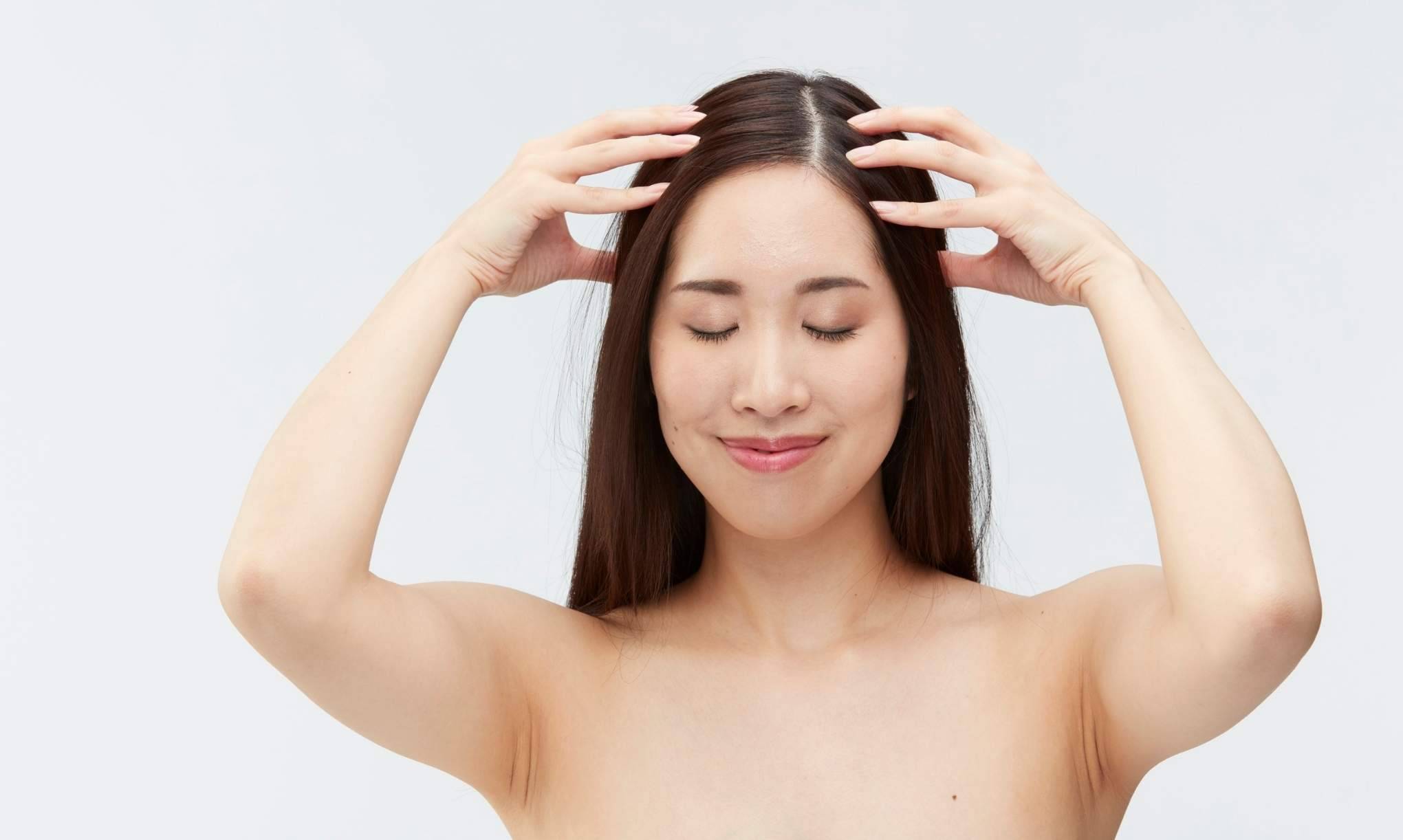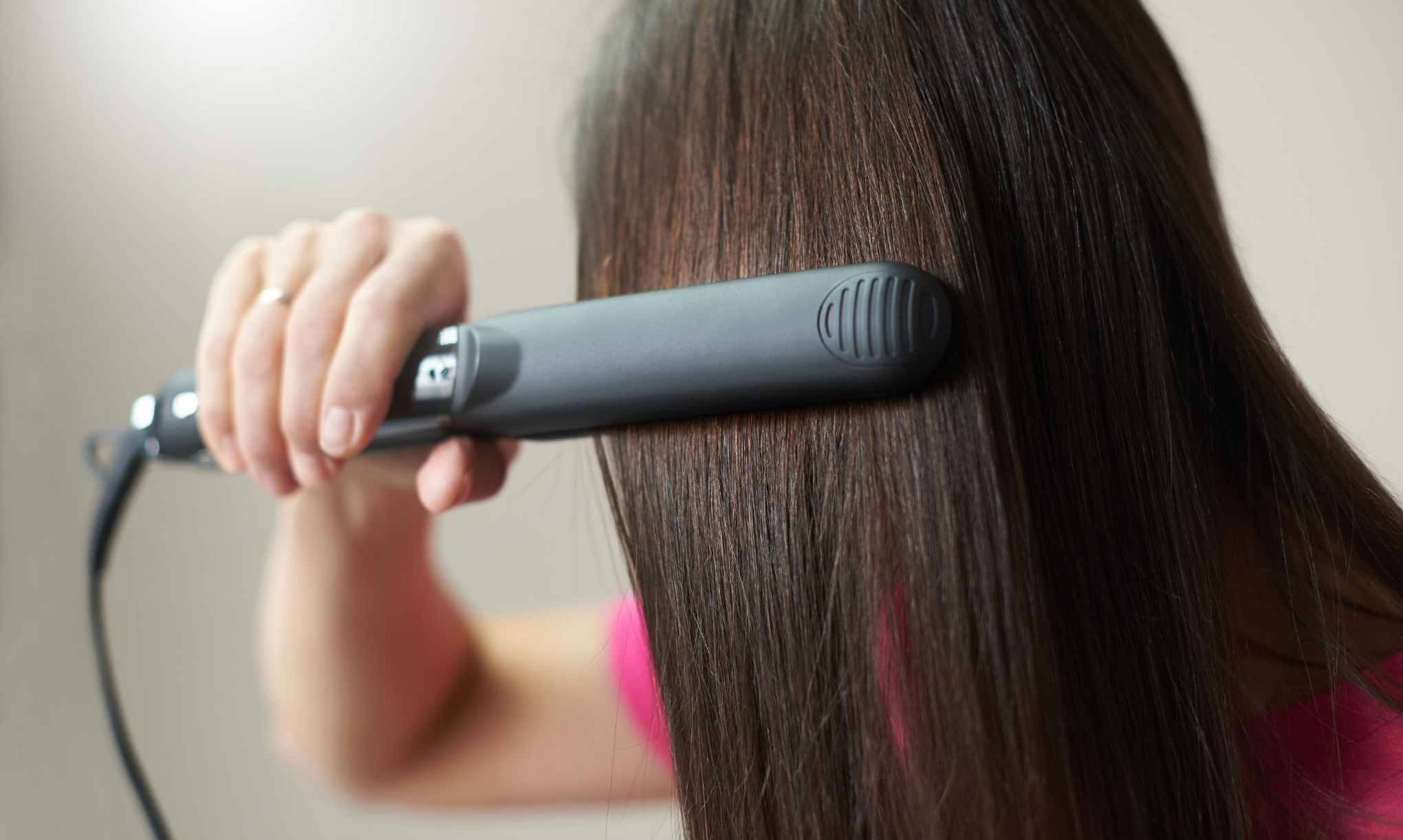Simple lifestyle changes, nourishing foods, and smart hair care habits that promote volume, shine, and strength from root to tip.

By Puteri Syafeeqa | August 1st, 2025
Full, shiny, and strong hair is a beauty ideal that many strive for, but achieving it often requires more than just a good shampoo. Hair health starts from the inside out, blending nutrition, proper care habits, and mindful styling. While genetics and hormones do play a role, much of the texture, volume, and vitality of hair depends on everyday choices.
One of the most overlooked foundations of healthy hair is nutrition. Since hair is composed largely of protein (specifically keratin), a protein-rich diet is essential. Foods like eggs, fish, lean meat, and dairy products not only nourish the scalp but also stimulate hair growth. If protein intake drops too low, hair growth may slow and strands may become brittle. Beyond protein, zinc, iron, biotin, and vitamin D are also essential minerals and vitamins that contribute to a healthy scalp and robust follicles. Even mild deficiencies can lead to thinning or excessive shedding.
Another powerful but often underestimated component is omega-3 fatty acids. These healthy fats, found in salmon, chia seeds, and walnuts, help to hydrate the scalp and add elasticity to hair strands, reducing breakage and supporting shine. While omega-3 will not transform thin hair into thick locks overnight, they create the ideal conditions for growth over time.
In addition to what is consumed, how hair is treated daily makes a significant impact. Many unknowingly damage their hair through over-washing or using shampoos with harsh sulphates, which strip natural oils from the scalp. Instead, selecting a gentle, sulphate-free shampoo and washing according to hair type can help restore balance. Conditioning should never be skipped, especially for longer or chemically treated hair. It not only softens strands but helps prevent tangles and breakage.

For long-term strength and fullness, it is important to treat hair gently especially when wet. Wet strands are more prone to stretching and breakage, so pat-drying with a towel, detangling with a wide-tooth comb, and avoiding aggressive brushing can reduce stress. Heat styling tools, while useful, should be used sparingly. Always apply a heat protectant spray and keep the temperature at the lowest effective setting to prevent dryness and split ends.
Styling choices also affect long-term hair health. Tight ponytails, frequent coloring, and backcombing may offer temporary volume or style but can cause traction alopecia or permanent hair damage over time. Opting for loose hairstyles, air-drying, and chemical-free coloring methods whenever possible can preserve the integrity of the hair shaft.
Let’s not forget the scalp, it is the environment where hair begins. Just like skin, the scalp needs regular cleansing, hydration, and circulation. Scalp massages, whether with fingers or a soft brush, can stimulate blood flow and support nutrient delivery to hair follicles. Scalp exfoliation once a week can help clear buildup from sweat, products, and pollution, especially for those living in urban areas.

External care matters, but so do lifestyle habits. Stress, poor sleep, and crash dieting are well-known triggers of hair thinning. High cortisol levels and rapid weight loss can push hair into a shedding phase. Managing stress through techniques like meditation, consistent sleep routines, and regular physical activity can indirectly but powerfully influence hair growth.
Lastly, remember that consistency is key. There are no instant fixes for fuller, healthier hair. Whether it is a dietary change, a switch in shampoo, or limiting heat styling, visible improvements usually take 2 to 3 months. Being patient and staying committed to a routine pays off in the form of thicker, shinier, more resilient hair.